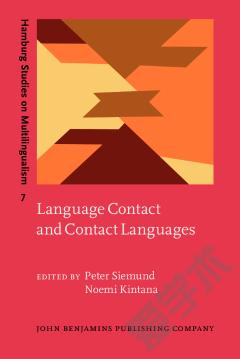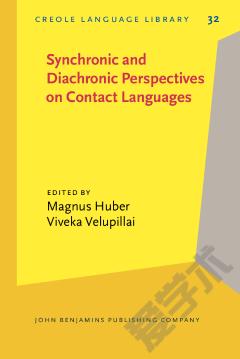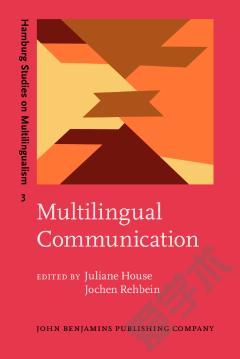Contact Languages. A wider perspective.
This book contributes to a more balanced view of the most dramatic results of language contact by presenting linguistic and historical sketches of lesser-known contact languages. The twelve case studies offer eloquent testimony against the still common view that all contact languages are pidgins and creoles with maximally simple and essentially identical grammars. They show that some contact languages are neither pidgins nor creoles, and that even pidgins and creoles can display considerable structural diversity and structural complexity; they also show that two-language contact situations can give rise to pidgins, especially when access to a target language is withheld by its speakers. The chapters are arranged according to language type: three focus on pidgins (Hiri Motu, by Tom Dutton; Pidgin Delaware, by Ives Goddard; and Ndyuka-Trio Pidgin, by George L. Huttar and Frank J. Velantie), two on creoles (Kituba, by Salikoko S. Mufwene, and Sango, by Helma Pasch), one on a set of pidgins and creoles (Arabic-based contact languages, by Jonathan Owens), one on the question of early pidginization and/or creolization in Swahili (by Derek Nurse), and five on bilingual mixed languages (Michif, by Peter Bakker and Robert A. Papen; Media Lengua and Callahuaya, both by Pieter Muysken; and Mednyj Aleut and Ma’a, both by Sarah Thomason). The authors’ collective goal is to help offset the traditional emphasis, within contact-language studies, on pidgins and creoles that arose as an immediate result of contact with Europeans, starting in the Age of Exploration. The accumulation of case studies on a wide diversity of languages is needed to create a body of knowledge substantial enough to support robust generalizations about the nature and development of all types of contact language.
{{comment.content}}








 京公网安备 11010802027623号
京公网安备 11010802027623号